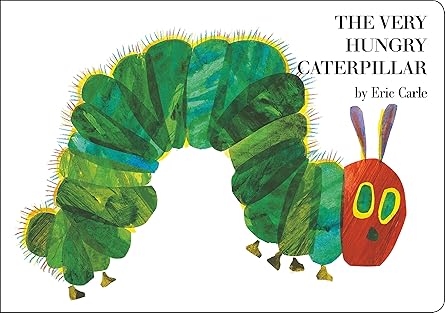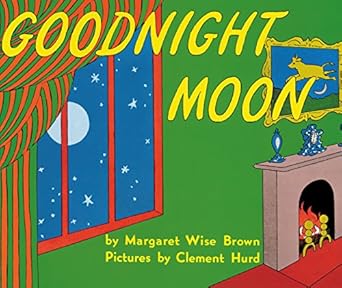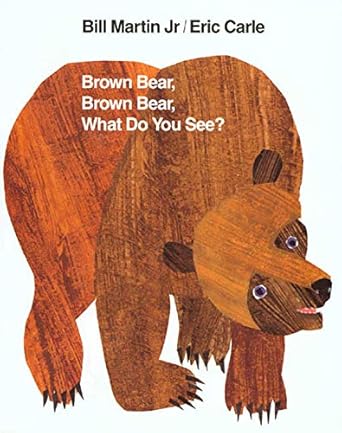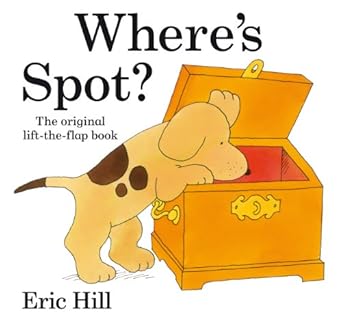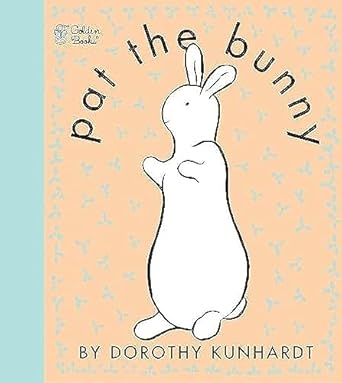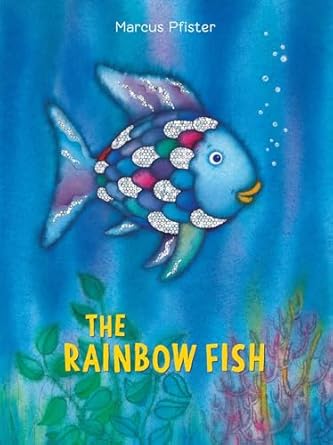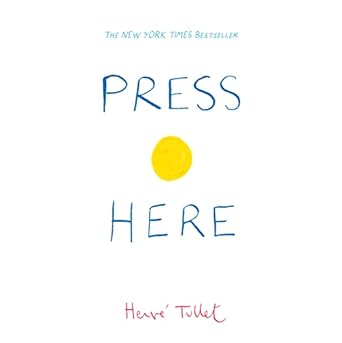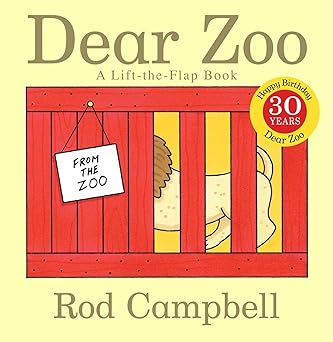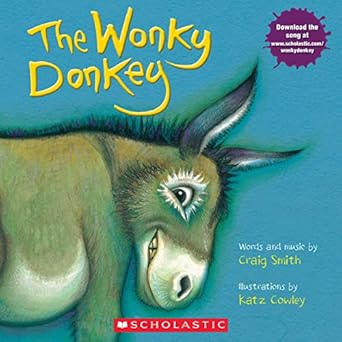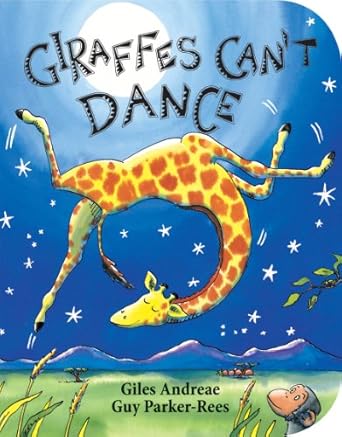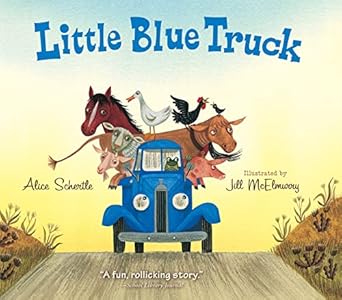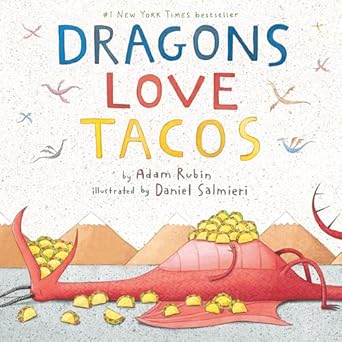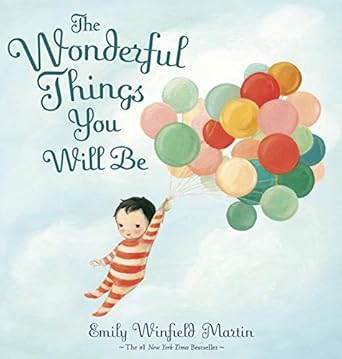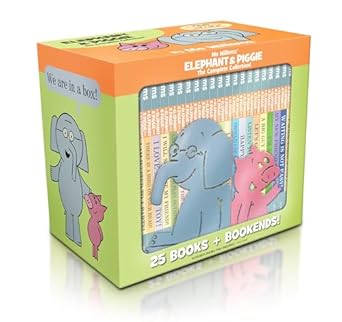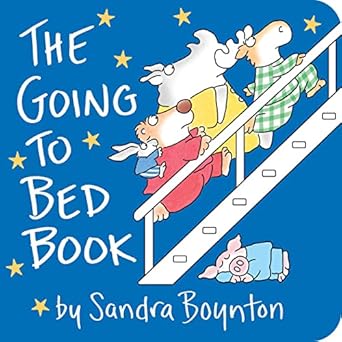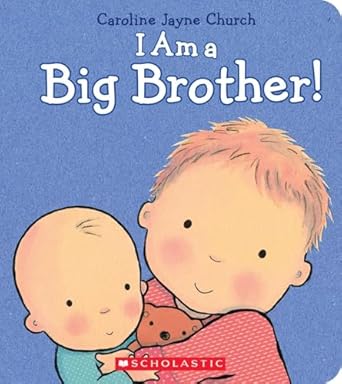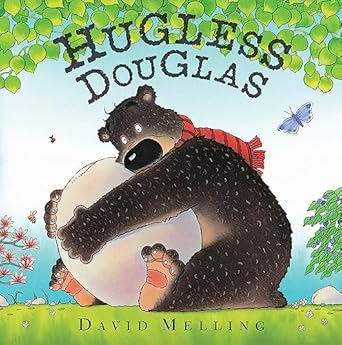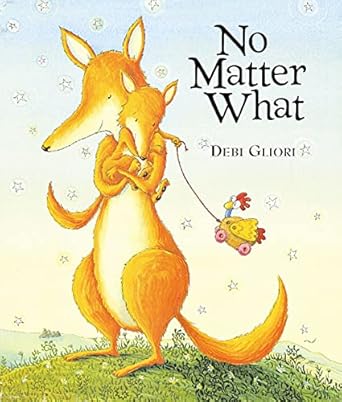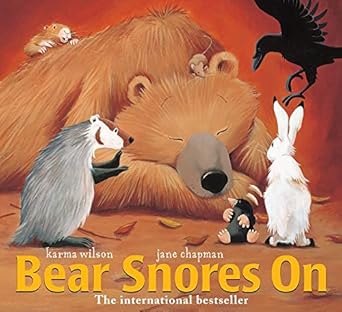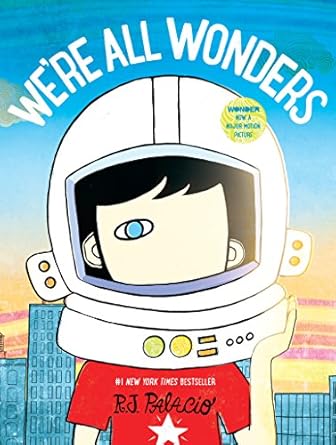Summary: In today’s article, I have compiled 20 of the best toddler books that will foster a love for reading and learning. Here are my top 3:
- The Very Hungry Caterpillar by Eric Carle
- Goodnight Moon by Margaret Wise Brown
- Brown Bear, Brown Bear, What Do You See? by Bill Martin Jr. and Eric Carle
Toddler books are filled with simple stories, bright pictures, and fun interactive elements like textures or flaps to keep little ones engaged. They help boost early language skills, spark creativity, and introduce basic concepts like numbers, colors, and animals. Reading these books is a great way to bond with toddlers while encouraging a love of stories and learning. Plus, they lay the foundation for strong literacy skills that will last a lifetime.
TOP 20: Best Toddler Books
- The Very Hungry Caterpillar by Eric Carle
- Goodnight Moon by Margaret Wise Brown
- Brown Bear, Brown Bear, What Do You See? by Bill Martin Jr. and Eric Carle
- Where's Spot? by Eric Hill
- Pat the Bunny by Dorothy Kunhardt
- The Rainbow Fish by Marcus Pfister
- Press Here by Hervé Tullet
- Dear Zoo by Rod Campbell
- The Wonky Donkey by Craig Smith
- Giraffes Can't Dance by Giles Andreae
- Little Blue Truck by Alice Schertle
- Dragons Love Tacos by Adam Rubin
- The Wonderful Things You Will Be by Emily Winfield Martin
- Elephant & Piggie Series by Mo Willems
- The Going to Bed Book by Sandra Boynton
- I Am a Big Brother by Caroline Jayne Church
- Hugless Douglas by David Melling
- No Matter What by Debi Gliori
- Bear Snores On by Karma Wilson
- We're All Wonders by R.J. Palacio
1. The Very Hungry Caterpillar
- Author: Eric Carle
- About: A little caterpillar eats through various foods before finally turning into a butterfly.
- Style of writing: Simple, rhythmic, repetitive.
- Length: 200–300 words.
- Year written: 1969
- Emotional impact: Leaves a lasting impression with its beautiful illustrations and the excitement of transformation.
- Difficulty level: Easy.
- Why read it: It's a classic, teaching about days of the week, counting, and metamorphosis.
2. Goodnight Moon
- Author: Margaret Wise Brown
- About: A little bunny says goodnight to various objects in his room.
- Style of writing: Gentle, repetitive, calming.
- Length: 200–250 words.
- Year written: 1947
- Emotional impact: Comforting, perfect for bedtime.
- Difficulty level: Easy.
- Why read it: Its soothing rhythm makes it ideal for winding down before sleep.
3. Brown Bear, Brown Bear, What Do You See?
- Author: Bill Martin Jr. and Eric Carle
- About: A repetitive question-and-answer pattern that introduces colors and animals.
- Style of writing: Repetitive, rhythmic, interactive.
- Length: 200–250 words.
- Year written: 1967
- Emotional impact: Engages toddlers with its familiar and repetitive structure.
- Difficulty level: Easy.
- Why read it: Great for teaching colors and animals, while encouraging participation.
4. Where's Spot?
- Author: Eric Hill
- About: A lift-the-flap book where readers search for Spot, the puppy.
- Style of writing: Simple, interactive.
- Length: 100–150 words.
- Year written: 1980
- Emotional impact: Fun and engaging for toddlers, builds excitement and curiosity.
- Difficulty level: Easy.
- Why read it: Interactive and engaging for young children, helping develop motor skills.
5. Pat the Bunny
- Author: Dorothy Kunhardt
- About: A touch-and-feel book with different textures for toddlers to explore.
- Style of writing: Simple, interactive.
- Length: 150–200 words.
- Year written: 1940
- Emotional impact: Sensory play that delights young children and encourages hands-on exploration.
- Difficulty level: Easy.
- Why read it: It’s great for engaging toddlers’ senses and promoting early interaction with books.
6. The Rainbow Fish
- Author: Marcus Pfister
- About: A beautiful fish learns the value of sharing his shiny scales with others.
- Style of writing: Rhythmic, engaging.
- Length: 300–350 words.
- Year written: 1992
- Emotional impact: Teaches the value of kindness and generosity.
- Difficulty level: Easy.
- Why read it: Wonderful for teaching sharing and friendship, with stunning illustrations.
7. Press Here
- Author: Hervé Tullet
- About: An interactive book where children press dots, shake the book, and more to see magical changes.
- Style of writing: Simple, interactive, playful.
- Length: 150–200 words.
- Year written: 2011
- Emotional impact: Fun, engaging, and creates a sense of wonder.
- Difficulty level: Easy.
- Why read it: It's an innovative and highly interactive way to engage young children.
8. Dear Zoo
- Author: Rod Campbell
- About: A child writes to the zoo asking for a pet, and the zoo sends various animals.
- Style of writing: Repetitive, interactive (lift-the-flap).
- Length: 200–250 words.
- Year written: 1982
- Emotional impact: Builds excitement through flaps and reveals, engaging curiosity.
- Difficulty level: Easy.
- Why read it: Interactive with lift-the-flap, making it fun and educational.
9. The Wonky Donkey
- Author: Craig Smith
- About: A funny, rhyming story about a donkey with many unique features.
- Style of writing: Rhythmic, humorous.
- Length: 300–350 words.
- Year written: 2009
- Emotional impact: Humorous and engaging, with a fun rhythm.
- Difficulty level: Easy.
- Why read it: Fun, catchy rhymes and humor make it a favorite for young readers.
10. Giraffes Can't Dance
- Author: Giles Andreae
- About: A giraffe named Gerald learns to dance in his own special way.
- Style of writing: Rhythmic, uplifting.
- Length: 300–350 words.
- Year written: 1999
- Emotional impact: Encourages self-expression and confidence.
- Difficulty level: Easy.
- Why read it: Teaches the importance of embracing individuality and self-confidence.
11. Little Blue Truck
- Author: Alice Schertle
- About: A little blue truck helps friends on the farm, showing the value of kindness and friendship.
- Style of writing: Rhythmic, engaging.
- Length: 300–350 words.
- Year written: 2008
- Emotional impact: Teaches cooperation and kindness through a fun, rhyming story.
- Difficulty level: Easy.
- Why read it: A great story for teaching empathy and the importance of helping others.
12. Dragons Love Tacos
- Author: Adam Rubin
- About: Dragons love tacos, but they can’t handle spicy salsa – hilariously teaching the importance of the right foods.
- Style of writing: Humorous, playful.
- Length: 300–350 words.
- Year written: 2012
- Emotional impact: Fun and silly, creating laughter while teaching a lesson.
- Difficulty level: Easy.
- Why read it: It’s a fun, lighthearted book with lots of laughs and a quirky storyline.
13. The Wonderful Things You Will Be
- Author: Emily Winfield Martin
- About: A beautiful exploration of the limitless potential of every child.
- Style of writing: Poetic, gentle.
- Length: 250–300 words.
- Year written: 2015
- Emotional impact: Inspires positivity and self-belief.
- Difficulty level: Easy.
- Why read it: A heartwarming book that encourages children to dream big.
14. Elephant & Piggie Series
- Author: Mo Willems
- About: A series of funny, simple stories about the adventures of two best friends, Elephant Gerald and Piggie.
- Style of writing: Humorous, simple dialogue.
- Length: 50–150 words per book.
- Year written: 2007 (first book in the series)
- Emotional impact: Fun and laughter with a focus on friendship.
- Difficulty level: Easy.
- Why read it: Engaging, hilarious, and easy to read for young children.
15. The Going to Bed Book
- Author: Sandra Boynton
- About: A playful, calming bedtime story with animals getting ready for bed.
- Style of writing: Rhythmic, playful.
- Length: 100–150 words.
- Year written: 1982
- Emotional impact: Perfect for bedtime, calming, and soothing.
- Difficulty level: Easy.
- Why read it: It’s a go-to bedtime book, easy to read, and fun for toddlers.
16. I Am a Big Brother
- Author: Caroline Jayne Church
- About: A story for older siblings to help them adjust to the arrival of a new baby.
- Style of writing: Simple, reassuring.
- Length: 150–200 words.
- Year written: 2012
- Emotional impact: Helps ease the transition to being a big sibling.
- Difficulty level: Easy.
- Why read it: It’s a comforting book for children preparing for a new sibling.
17. Hugless Douglas
- Author: David Melling
- About: A bear goes on a search for the perfect hug.
- Style of writing: Warm, gentle, playful.
- Length: 300–350 words.
- Year written: 2011
- Emotional impact: Heartwarming, focusing on love and affection.
- Difficulty level: Easy.
- Why read it: Perfect for teaching children about the power of affection and love.
18. No Matter What
- Author: Debi Gliori
- About: A parent reassures their child that no matter what happens, their love will remain.
- Style of writing: Reassuring, poetic.
- Length: 200–250 words.
- Year written: 1999
- Emotional impact: Comforting and reassuring, a lovely story of unconditional love.
- Difficulty level: Easy.
- Why read it: It offers a beautiful, lasting message about unconditional love.
19. Bear Snores On
- Author: Karma Wilson
- About: A bear hibernates through a winter party held by his friends.
- Style of writing: Rhyming, rhythmic.
- Length: 300–350 words.
- Year written: 2002
- Emotional impact: Fun and silly, with a lesson about not missing out.
- Difficulty level: Easy.
- Why read it: A playful, rhythmic story that entertains while teaching about friendship.
20. We're All Wonders
- Author: R.J. Palacio
- About: A picture book adaptation of the novel “Wonder,” focusing on kindness and empathy.
- Style of writing: Compassionate, gentle.
- Length: 200–250 words.
- Year written: 2017
- Emotional impact: Encourages empathy and understanding of differences.
- Difficulty level: Easy.
- Why read it: A beautiful story about kindness, acceptance, and empathy.
Conclusion
To wrap it up, I think toddler books are a crucial part of early childhood development, sparking curiosity and helping kids build a love for learning. Of all the great options out there, The Very Hungry Caterpillar, Goodnight Moon, and Brown Bear, Brown Bear, What Do You See? are my top choices. These beloved classics are perfect for toddlers, with their simple, repetitive patterns that teach important concepts like counting, colors, and the joy of reading. Whether it’s following a caterpillar’s transformation, winding down at bedtime, or discovering new animals, these books offer both learning and comfort, making them must-reads for every little one.

